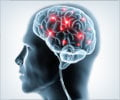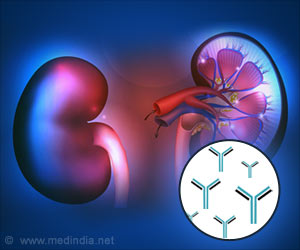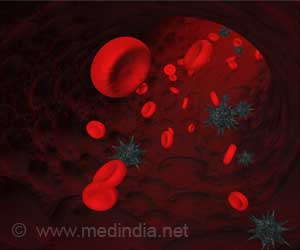Discover how high-intensity interval training (HIIT) outperforms moderate exercise in stroke recovery, improving aerobic fitness in just 19 minutes.

‘Can a 1-minute burst of high-intensity interval training be more effective than traditional workouts for #strokerecovery? Discover how a 19-minute routine is changing #strokerehab! #HIIT #stroke #fitness’





When a stroke occurs, blood flow to the brain is disrupted, leading to damage that can impact physical and cognitive functions. Exercise plays a crucial role in the rehabilitation process by promoting neuroplasticity, where the brain reorganises itself to recover lost functions. HIIT (1✔ ✔Trusted Source
High-Intensity Interval Training (HIIT): It's for Everyone!
Go to source) involves repeated one-minute bursts of intense exercise followed by short recovery periods. Use of a stationary bike, treadmill, bodyweight, kettlebell, dumbbells, or jumping rope are some examples of HIIT workouts. “HIIT represents a paradigm shift in rehabilitation, particularly for stroke recovery,” Dr. Vikram Huded, HOD and Director and Clinical Lead, Interventional Neurology, Narayana Health City, told IANS.
What is High-Intensity Interval Training (HIIT)
High-Intensity Interval Training (HIIT) is a type of exercise that involves short bursts of intense activity followed by brief periods of rest. This alternating pattern helps to increase cardiovascular fitness, improve strength, and burn calories more efficiently than traditional steady-state cardio. HIIT workouts are typically shorter in duration than traditional cardio sessions, making them a time-efficient option for those with busy schedules. However, it's important to consult with a healthcare professional before starting any new exercise regimen, especially if you have underlying health conditions.“Unlike traditional continuous moderate exercise, HIIT enhances cardiovascular health more efficiently by pushing the body to adapt to short, intense bursts of activity,” added Dr Raghvendra Ramdasi, Consultant Neurosurgeon, Jaslok Hospital, Mumbai. Several studies have shown that exercising after a stroke offers several health benefits, including reduced risk of stroke recurrence and boosted overall recovery.
Evidence suggests that HIIT can accelerate cardiovascular recovery and improve overall physical endurance more effectively than conventional methods. Ramdasi told IANS the method not only boosts heart and lung capacity but also improves circulation, which is vital for brain recovery.
Advertisement
Ramdasi said patients who have regained some mobility and are medically stable benefit most from HIIT. The experts also urged stroke patients to perform “any exercise regimen, particularly HIIT, according to an individual's abilities and under supervision of an expert to avoid potential risks”. They also advised to begin with lower intensity and gradually increase as tolerance improves.
- High-Intensity Interval Training (HIIT): It's for Everyone! - (https://health.clevelandclinic.org/think-you-cant-do-high-intensity-interval-training-think-again)
Source-IANS















